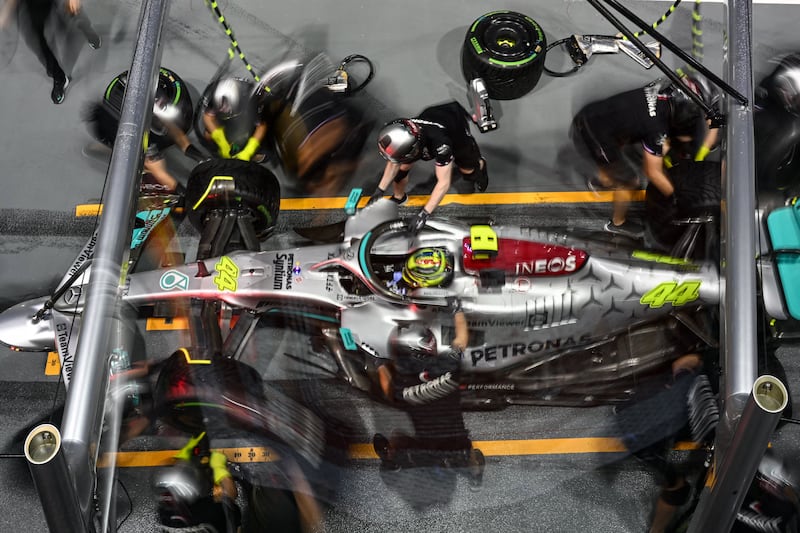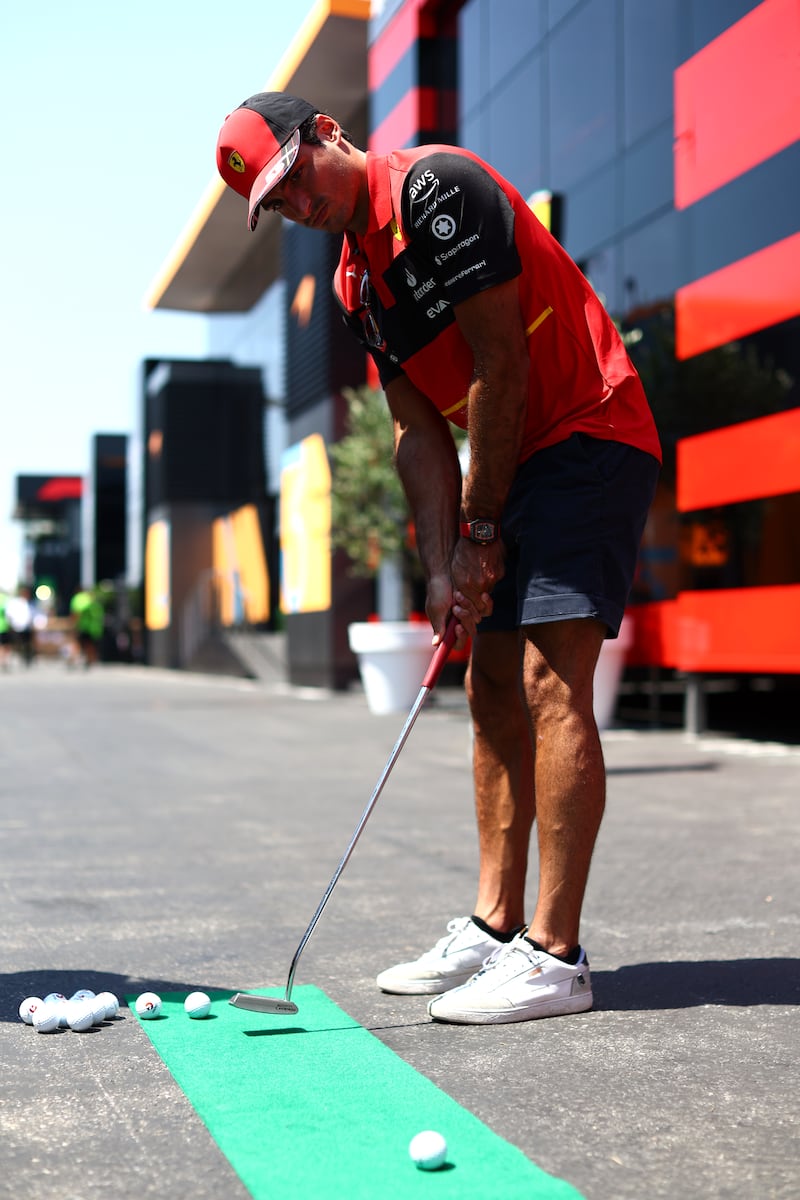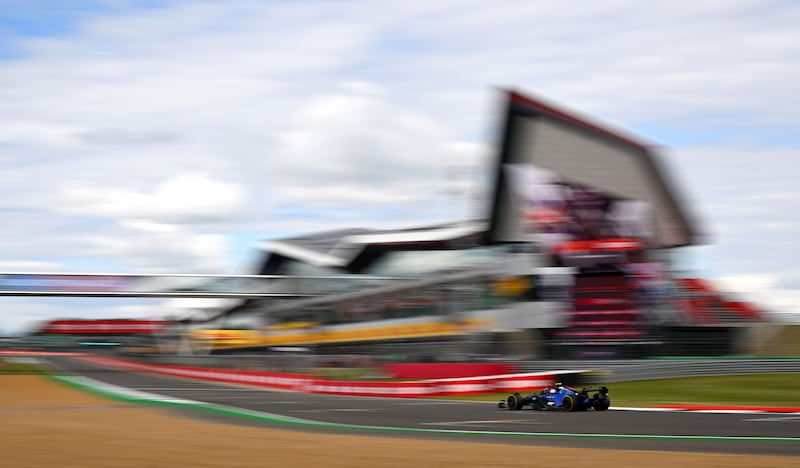Jet lag can cause drowsiness, disorientation and agitation in any traveller. For Formula 1 drivers and the teams that support them as they travel around the world for nine months of the year, the high level at which they operate magnifies the impact. That’s particularly true right now for the sport’s European teams, who have just moved their focus to races in Asia, and can therefore have a lot of jet lag to deal with.
“There’s a clear correlation between jet lag and then having poor performance,” says Faith Fisher-Atack, who is the physio for Haas, the American Formula 1 team. “If you equate that to what [they] have to do on the car, there’s a clear consequence.”
We can prepare a little bit, so before a certain time zone we might try to adapt a few nights before getting on to that time zone, but sometimes you just kind of have to suck it up and push through it
There are already 22 Grands Prix a year, between March and November, often involving long trips. This season’s races are spread across 10 time zones on four continents, and require the drivers and their teams to spend 240 hours on planes.
Next year the calendar will expand to include China; another race in the United States, in Las Vegas; and Qatar, meaning more long trips. Although Formula 1 teams will occasionally charter a plane for shorter flights between European races, the long trips are done on commercial airlines.
“It’s something you just learn to deal with,” Daniel Ricciardo, the McLaren driver, told GQ this year. “We can prepare a little bit, so before a certain time zone we might try to adapt a few nights before getting on to that time zone, but sometimes you just kind of have to suck it up and push through it. Everyone thinks like you get used to it, you’ve been doing it for so long, but sometimes it’s luck, sometimes I will sleep awesomely and sometimes not.”

Rupert Manwaring, the physio for the Ferrari driver Carlos Sainz, says that there’s no firm rule for shifting to a new time zone. “The simple rule is for every hour difference you need a day to adapt,” Manwaring says. “If it is a nine-hour time difference we’ll try and arrive that number of days in advance, but that can be a challenge over the course of a season, as being at home is important outside of races. We are dealing with humans, not robots.”
That will include easing toward the new time zone before travelling — such as putting clocks on to the destination time in advance. Sleeping on planes is also essential during long flights. “The jet-lag symptoms last between three to five days, but in terms of negative performance effects it can be between seven and nine days, and we may not realise it,” Manwaring says.
Caffeine needs careful management. ‘We’d not use it immediately after waking, and not beyond 1pm, as it can stay in the body for up to 10 hours, so you have to be careful about the night ahead’
Caffeine is also important, but it needs careful management. “You take it little and often rather than in big chunks,” he says. “We’d not use it immediately after waking, and not beyond 1pm, because caffeine has quite a long half-life and can stay in the body for up to 10 hours, so you have to be careful about the night ahead.”
Jon Malvern, the physio for Lando Norris of McLaren, says light exposure, or avoidance of it, is “another massive factor in helping you shift your body clock”, because it is effectively “telling your brain and the hormones it releases that it is ‘awake time’”.

Moderate to intense exercise shortly after waking up, or a light session before bed, can also assist the body’s adaptation. “Carlos loves playing golf, so it’s a great thing to send him off to do — natural light and not too extensive, so we can fit in training around that,” Manwaring says. “It’s a good healthy hobby for shifting time zones.”
The teams are in the middle of a particularly taxing fortnight. Last weekend’s Grand Prix, in Singapore, was a night race, starting at 8pm, so teams had an approximate ‘awake’ schedule of 1pm to 6am. That meant evading pitfalls such as morning housekeeping at hotels and morning light, while trying to block the body’s natural desire to sleep in the early hours once it was dark.
I always find it more difficult going east and much easier west; west you just get up early, but east you can’t sleep in the night and want to go to bed in the middle of the day
This weekend’s race is in Japan, beginning at 2pm. They are the first two of six events that include the United States, Mexico, Brazil and Abu Dhabi, interspersed by trips home to Europe. “They’ll have to be quite resilient,” Fisher-Atack says of the teams. “There’s no period of time to adjust.”
Experts say they believe traveling east was a greater challenge than west. “You’re shortening the day, so you’re having to advance your body clock,” Malvern says. “West, you’re elongating days — and it’s also slightly easier to entertain yourself staying up late.” That is particularly useful in a sport such as Formula 1, where personnel travel in groups, meaning socialising is a jet-lag tactic.

“For me the simplest — and not always the most practical — is going out as early as you can, not just for time, but the climate,” Nicholas Latifi, who drives for Williams, says about travelling to a race. “I always find it more difficult going east and much easier west; west you just get up early, but east you can’t sleep in the night and want to go to bed in the middle of the day.”
There is also the impact of so much flying. “Travel fatigue is a relatively new phenomenon that we see day to day, but it’s not backed by research yet,” Fisher-Atack says. “That’s the accumulation of lots of travel: that you may not be suffering from jet lag, but the actual physical activity of travelling will increase the level of fatigue.”
Indeed, teams will spend about 10 full days, or 240 hours, in planes annually, crisscrossing multiple time zones. “It’s part of competing in a worldwide sport,” Malvern says. “It’s the same for everyone, so it’s part of the commitment to being competitive. It is an opportunity to have an advantage — if you sleep well you’ll do better.” — This article originally appeared in The New York Times










